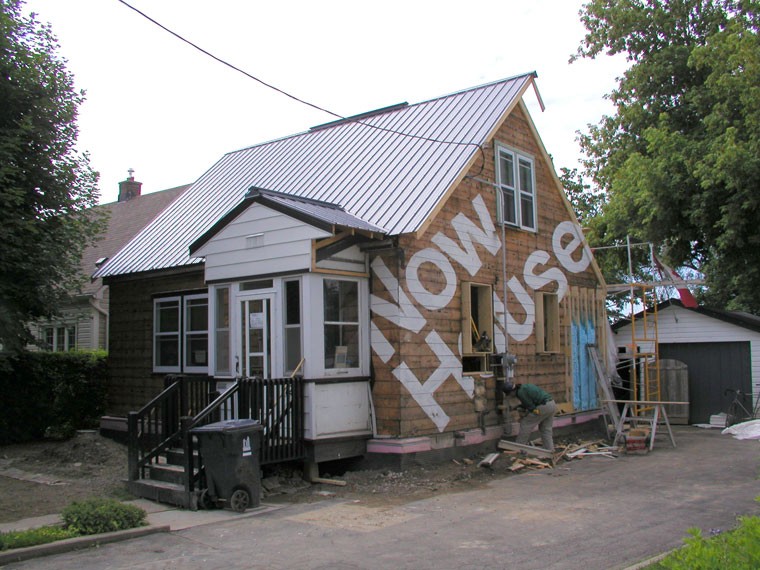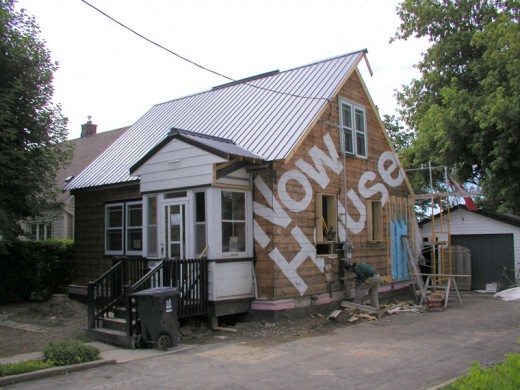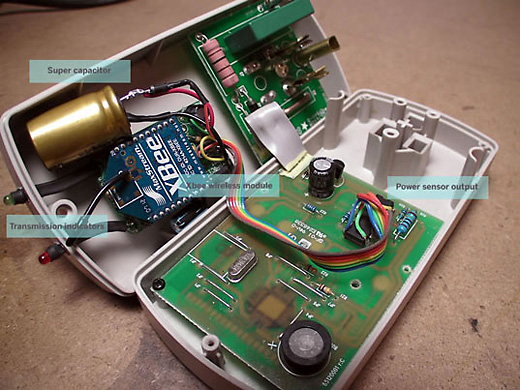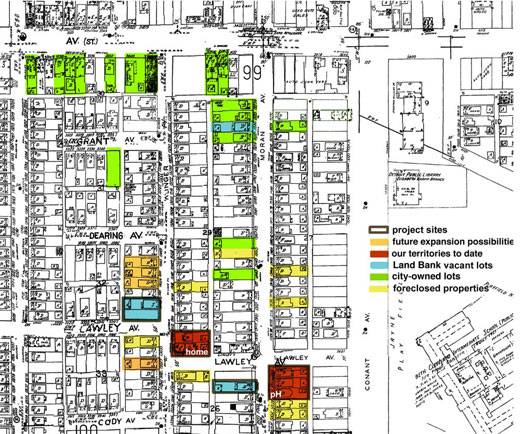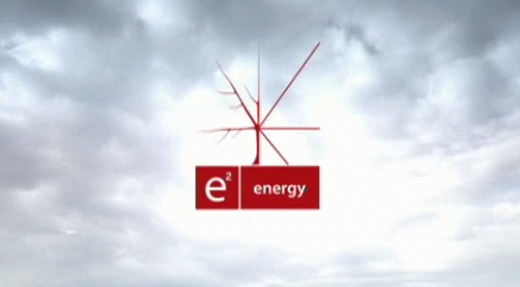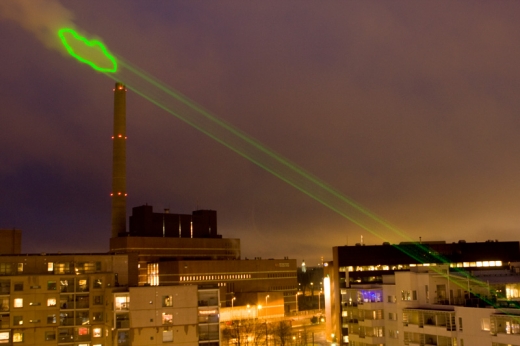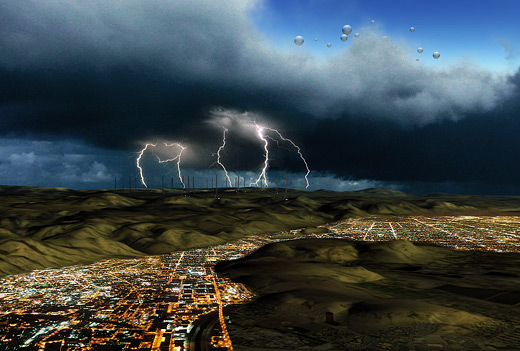
Sascha Pohflepp imagined a future predicated on the re-election of Jimmy Carter in 1980. In this future, there exists a think tank called, “The Golden Institute for Energy” based in Golden, Colarado, which imagines and invents new technologies to make the US the most energy-rich nation on the planet.
Capturing lightning, stealing back energy from off-ramps, and weather modification balloons are all imagined as feasible energy-generating technologies. The institute, or rather the idea of the institute, becomes a vehicle for creative and critical thought and invention, and it is more about that idea than the computer-generated images, scale models, or fake corporate videos that make Pohflepp’s project so interesting.
Rewriting and re-imagining something as huge as a national energy policy could certainly appear reckless or hopeless, but it should instead be read as hugely exciting and filled with potential. Inventing an entirely new trajectory for something so large (like say, the city of Windsor) could indeed facilitate a crucially important discussion: in the instance of Pohflepp’s project, how different would the world’s stance on climate change be if Carter had been re-elected; in the instance of imagining the future of Windsor, how bad will things get if nothing changes.
[via We Make Money Not Art]

